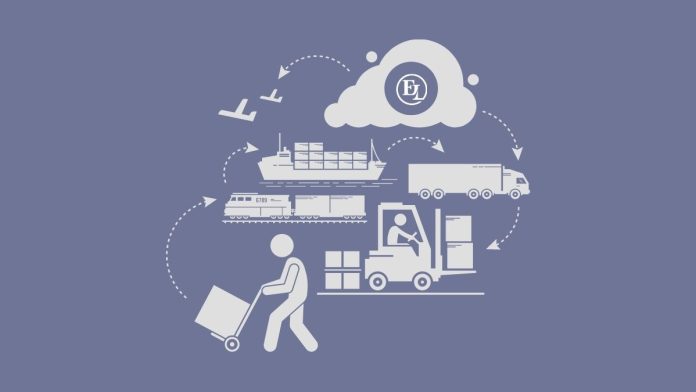Supply chain management plays a critical role in the success of any business. It encompasses the coordination and optimization of the flow of goods and services from raw materials to the final consumer. However, the supply chain landscape is fraught with complexities and challenges that can hinder the efficiency and profitability of your business.
In this article, we give you common challenges in supply chain management and valuable insights to help you seamlessly overcome them.
1. Demand Forecasting and Planning
One of the most significant challenges in supply chain management is accurately predicting demand. Fluctuating customer preferences, market trends, and unforeseen events like pandemics can lead to demand volatility.
Overestimating or underestimating demand can result in excess inventory or stockouts, both of which have detrimental effects on the bottom line. To overcome this challenge, you must adopt data-driven forecasting models that consider historical sales data, market trends, and external factors.
Go ahead and collaborate with key suppliers and customers to obtain valuable insights into demand. This will help you forecast your demands accurately and plan for the proper flow of goods.
Perhaps a major headache to many supply chain managers is the complexity and ever-changing nature of international trade regulations. Navigating the intricate web of customs rules and compliance requirements in different countries can be daunting and costly to your businesses.
Delays in customs clearance and varying tariffs/taxes can result in disrupted supply chains, increased costs, missed delivery deadlines, and dissatisfied customers. It can be helpful to find professional import brokerage services from a well-established and experienced customs brokerage partner to ensure compliance with all relevant laws and regulations.
A customs broker acts as a knowledgeable intermediary, handling all the paperwork, tariffs, and duties on behalf of the company. They stay up-to-date with the latest changes in customs regulations and trade agreements, minimizing the risk of errors and delays.
Partnering with a reliable customs broker can expedite customs clearance, reduce costs, and maintain smooth operations within the supply chain.
3. Supplier Relationship Management
Building and maintaining strong relationships with your suppliers is vital for a smooth and resilient supply chain. Supplier disruptions, quality issues, or delays can have cascading effects on downstream operations. You need to develop mutually beneficial partnerships and conduct regular assessments of supplier performance to help you identify potential risks early on.
Also, try to diversify your supplier base and have backup suppliers for critical components. These measures can easily mitigate the impact of supplier-related challenges.
4. Inventory Management
As a supply chain manager, it can be difficult to balance your inventory levels and meet your customer demand without incurring excessive carrying costs. Fetching too much inventory ties up your capital and storage space, while too little can lead to stockouts and missed sales opportunities.
One plausible solution is to implement advanced inventory management techniques, such as Just-In-Time (JIT) or Vendor-Managed Inventory (VMI). The beauty of these advanced inventory management techniques is that it helps optimize your inventory levels and reduce holding costs.
Additionally, you can deploy inventory tracking and analytics tools to give you real-time visibility into stock levels for faster and more informed decision-making.
5. Supply Chain Visibility and Transparency
In this globalized supply chain, you cannot afford to lose track of the visibility and transparency of the supply chain network. Otherwise, you might face myriads of inefficiencies and risks of disruptions. Many companies struggle to track products throughout the supply chain due to fragmented data systems and limited communication between partners.
Therefore, you must leverage suitable technological solutions like IoT sensors, blockchain, and cloud-based platforms to enhance your supply chain visibility.
Furthermore, sharing real-time data with your suppliers and logistics partners can improve collaboration and enable timely responses to potential issues.
6. Transportation and Logistics Complexity
The transportation and logistics aspect of the supply chain presents various challenges and can be difficult especially if you are an amateur. These challenges and complexities include rising fuel costs, capacity constraints, and changing regulations.
Fortunately, there are various ways to curb these challenges and make your logistics smooth, less costly, and more timely. These include optimal route planning, mode selection, and carrier management. Furthermore, you can embrace technology-driven logistics solutions like route optimization software, real-time tracking, and automation to streamline your operations and enhance efficiency.
Conclusion
The challenges in supply chain management are diverse and dynamic, but you can overcome them with proactive strategies and innovative solutions. While the solutions to these challenges are many, the rule of thumb is getting a reliable custom brokerage. Furthermore, remain vigilant, continuously monitor performance metrics, and adapt their strategies to maintain a competitive edge in an ever-evolving global supply chain environment.














